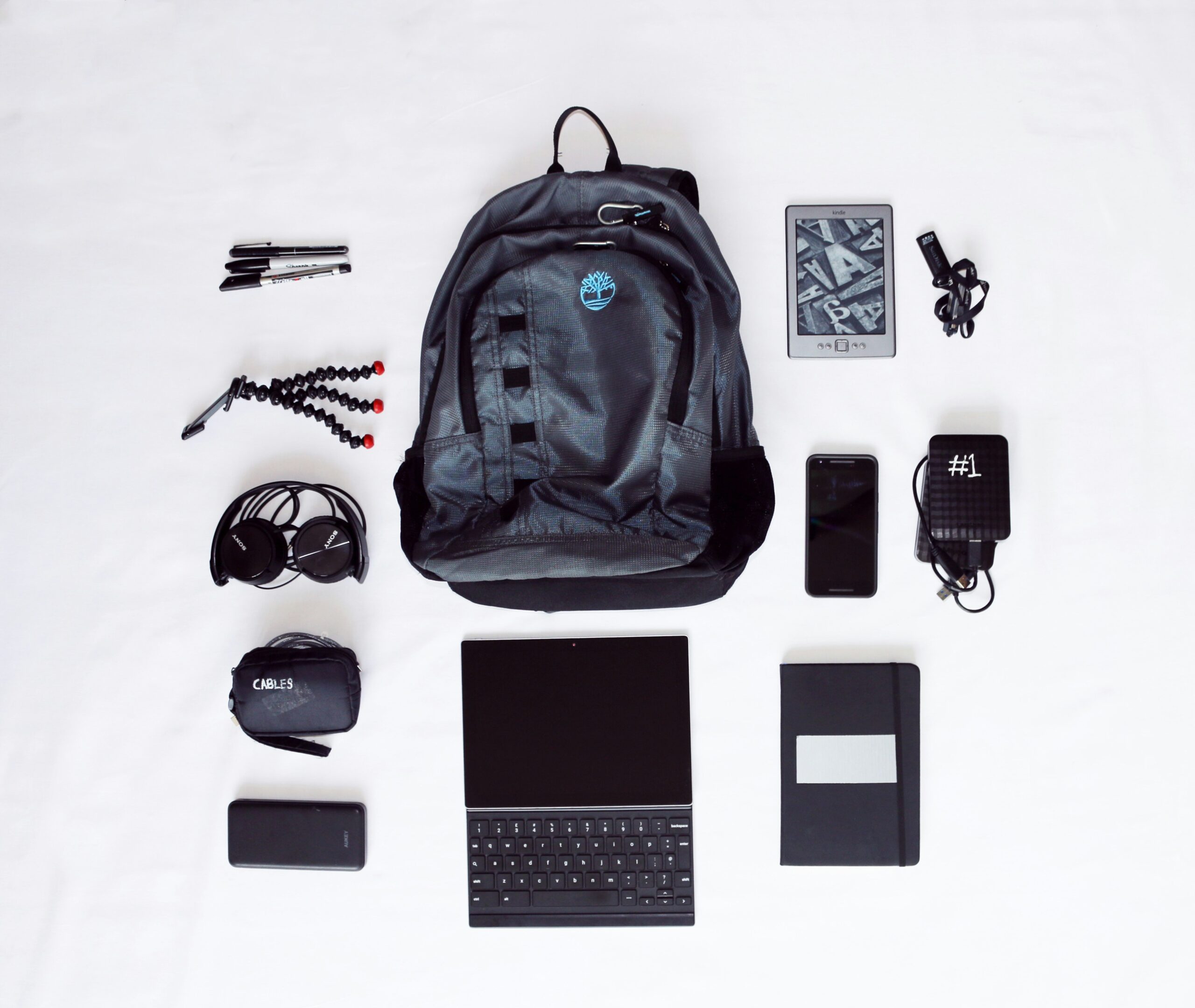With back-to-school time just around the corner, it is essential to keep backpack safety in mind, as an improper-fitting or overweight backpack can lead to substantial back and neck pain. According to the American Chiropractic Association, children and teenagers are experiencing back pain much sooner than in previous generations. This may be partly attributed to heavyweight backpacks and associated improper posture. As chiropractors commonly treat back and neck pain, one thing we hate to see is young adults, teenagers, or even children suffering from needless neck and back pain.
Still, it is not only children who may be affected by improper usage of backpacks. Today it is also common for working adults, college students, mothers, travelers, and other individuals to overstuff a bag to hold clothes, books, computers, journals, and other supplies for themselves, their studies, their work, or their family. If you, or your child, are experiencing any back or neck pain, contact Atlas Total Health Chiropractic by calling (866) 668-0108 or visiting us online to schedule your consultation to see what we can do to get you back to optimal health. Below are some of our backpack safety tips to consider to reduce the chance of incurring an injury.
Selecting a Backpack
In addition to back-to-school time approaching quickly, casual backpack usage amongst adults has been trending. Shoppers can readily find trending new backpacks online, in department stores, in luxury stores, and featured on social media feeds. Keep in mind that many of these backpacks do not consider ergonomics. Backpacks were intended to distribute heavy loads needing to be transported onto the lower and middle back to stabilize the body and prevent fatigue. When it comes to preventing back and neck pain and backpack safety, selecting a good backpack and ensuring that it is not overweight can prevent any discomfort or pain.
When most individuals think of back and neck pain, they tend to consider the older adult population. However, it has been found that children and teenagers are suffering from neck and back pain at an alarming rate. According to the American Chiropractic Association, overweight backpacks frequently contribute to back pain in minors. Additionally, the U.S. Consumer Product Safety Commission discovered during a recent study that 75% of children between 8-12 complained of suffering from back pain due to their backpacks. As backpacks are often the most practical method to transport school supplies, they are utilized by millions of American students each year. However, if these backpacks are not used correctly or are overweight, they can lead to shoulder, neck, and back pain.
Sadly, it is estimated that nearly 14,000 children are medically treated for backpack injuries each year. In 2016, over 6,300 kids required Emergency Room treatment due to their backpack-related injuries. As the potential for serious injury is high, it is essential that you take care when selecting a backpack to ensure that you choose the backpack that is least likely to cause injuries.
When selecting a new backpack, you will want to look for the following features to ensure that the strain on you, or your child’s, neck and back is minimized:
- Wide, padded straps
- Back padding
- Waist strap
- Multiple compartments
Backpack Safety Tips
The American Chiropractic Association offers the following backpack safety tips to ensure that neck and back problems are avoided for both adults and children.
- Ensure your backpack does not weigh more than 5-10% of your body weight
- Backpacks should not hang lower than 4″ below the waist. Tighten straps so the backpack will not encourage a forward-leaning motion to support its weight.
- Remember that bigger is not always better and select a backpack that is made from lightweight materials.
- Choose a backpack with multiple compartments to evenly distribute weight.
- Ensure that you wear both shoulder straps instead of carrying it by one strap
- If your child’s backpack is still too heavy, discuss leaving some materials and textbooks at school with your child’s teacher.
- Remove unnecessary items
- Put heavier items at the bottom.
- Lift your backpack by bending at the knee. Do not bend over to lift, as this may cause a strain on the back. Squat and lift to prevent unnecessary pain.
- If they must lean forward to stand or walk, the bag is too heavy (keep the backpack limited to the essentials even if it means taking a second bag for afterschool activities, etc.)
Choosing a suitable backpack and wearing it appropriately will prevent pain and discomfort in the back and neck. However, if you or your child begins to suffer problems due to wearing a backpack, consider visiting a chiropractor. Backpacks, especially if they are oversized, may push a child’s head forward, encouraging an unnatural posture. As this occurs at a young age, over time, this undesirable posture may place an enormous amount of stress on their nervous system and spine, affecting your child’s overall health. In addition, the stress placed on the nervous system due to abnormal spinal and neck posture has been proven to affect how a child functions and develops, which may increase the risk of developing an unwanted medical condition.
Backpack Safety
Ensuring your child’s backpack is child-safe is essential to preventing injury and associated neck and back pain. Have you ever noticed that your child’s backpack seems to weigh around 50lbs? When we consider the fact that many school districts no longer provide lockers, these trends found in students may not be surprising. A recent Italian study indicated that an average child carries a backpack that would be equivalent to a 29lb load for a 132lb woman, a 39lb load, or a 176lb man. Or is lunging your work or travel backpack burdening your neck, shoulders, or back? Ensuring that you select an ergonomic backpack that it is not overweight is key to preventing back and neck pain. However, if you or your child are experiencing back or neck pain, contact Atlas Total Health Chiropractic by calling (866) 668-0108 or online to receive a consultation and see what we can do to get you or your child back to optimal health.

